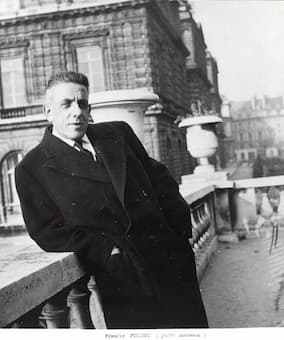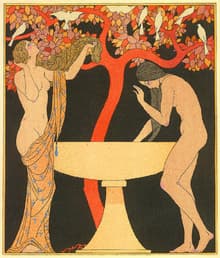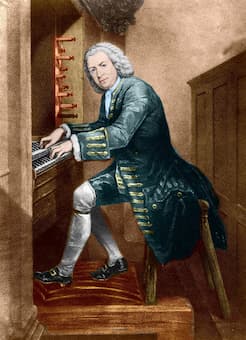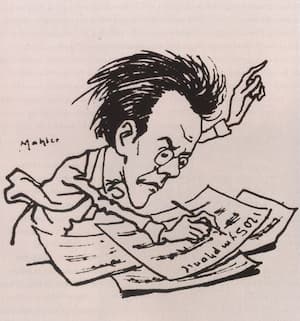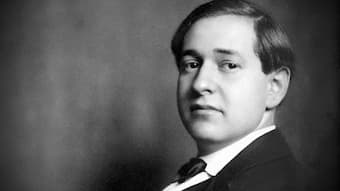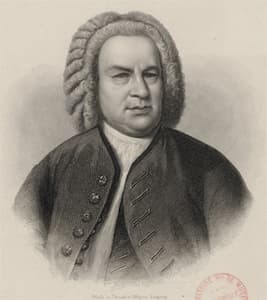French Baroque composer François Couperin (1668–1733), who had a career as a composer, harpsichordist, and organist in the French royal court, was born into a famous family of Parisian musicians. He served in the court of Louis XIV as organiste
In essence
In his 1889 work known as the Enigma Variations, English composer Edward Elgar depicted his friends and neighbours in music. Although he first gave the movements coded titles, their identities were quickly figured out. In a similar fashion, the French
It is certainly telling that the earliest surviving music by Franz Schubert is the extended Fantasie D. 48 for piano duet. Composed at the age of thirteen, Schubert composed prolifically for the medium until his untimely death at the age
Johann Georg Schübler (1720-1755?) was an engraver and organist, and a private student of J.S. Bach. “He learned the music in Leipzig with the famous Bach,” but Schübler’s name is more notably connected with the publication of a set of
In his settings of songs from the von Armin and Bretano collection Das Knaben Wunderhorn, Mahler set the martial Der Schildwache Nachtlied (The Sentinel’s Night Song), which is the musing of a night guard. As everyone slumbers around him, he
In 1920, Henry Prunières, editor of the French music journal Revue Musicale, commissioned 10 of the leading composers of the day to contribute to a work in memory of Claude Debussy, who had died from cancer 2 years earlier. The
When up-and-coming pianist Paul Wittgenstein (1887-1961) returned from WWI, it was without his right arm, amputated by necessity in a Russian prison camp. He did return to a family with money and so was able to commission works that he
Carl Philipp Emanuel (1714-1788) described his father’s household in Leipzig as a “pigeon coop.” People were constantly swarming in and out all the time, and he told the Bach biographer Forkel, “with his many activities Bach hardly had time for


